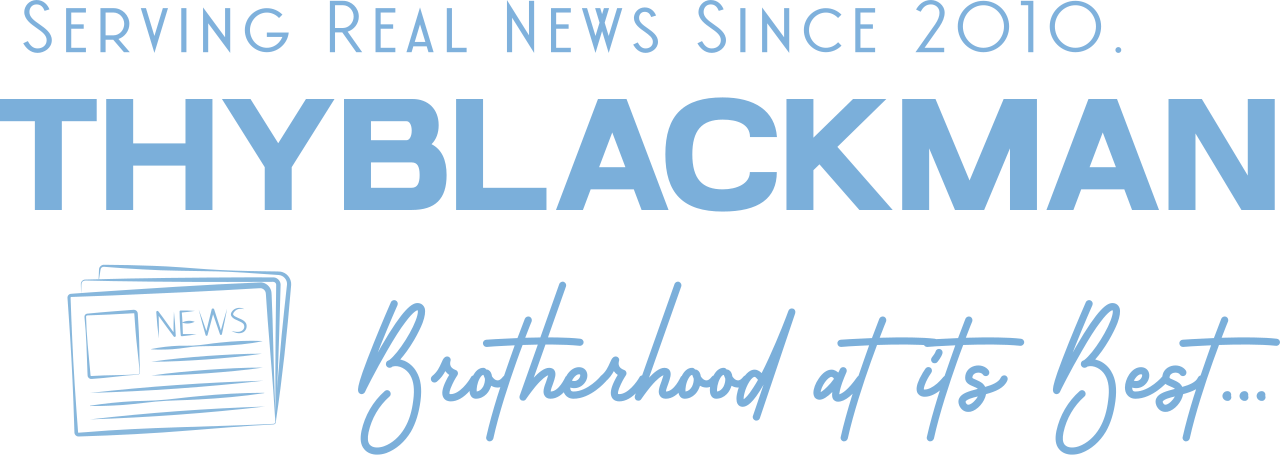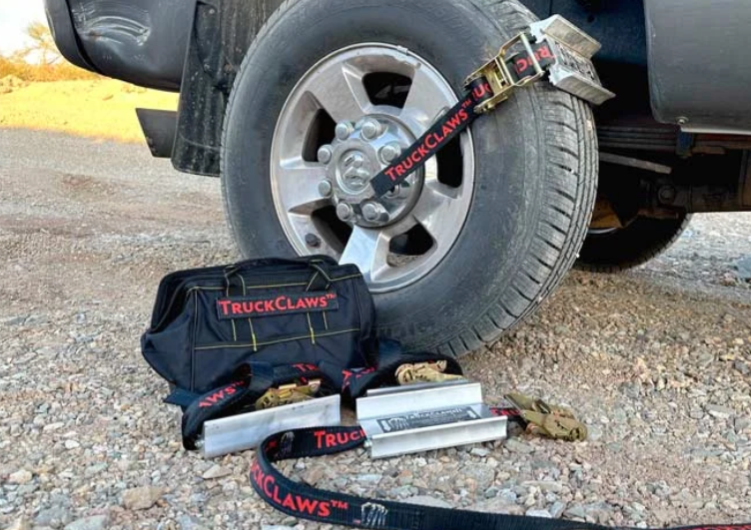(ThyBlackMan.com) Thirty miles south of Chicago, the Gary Works steel mill is getting a $14 billion modernization, protecting tens of thousands of jobs. Similar investments are underway in Pittsburgh. On the surface, these are the headlines American manufacturing needs. But the bigger story is far darker: across the country, American manufacturing is losing ground. Gary and Pittsburgh are exceptions, not the rule.
The pace of manufacturing growth between 2022 and 2024 meant that this year we were supposed to create as many as 200,000 new manufacturing jobs and position America to seize the future of the global automobile industry.

Instead, we are on track to lose nearly 80,000. Policy shifts in big, new labor-intensive industries like electric vehicles, battery assembly, and clean energy manufacturing threaten to cancel or delay projects that could have reshaped the landscape of American industry and delivered tens of thousands of good-paying jobs. At this rate, American automobile manufacturing risks becoming a gas-powered nostalgia act.
Most Americans now live at the same address: we live where there used to be a factory. And when that factory shut down, what shot up was joblessness, hopelessness, opioid and meth addiction. Suicide, homicide, violence, and multigenerational crushing poverty followed.
We know this not as abstraction but as lived reality: communities hollowed out, families broken, hope evaporated.
The consequences are more than economic. MIT research shows that communities exposed to trade shocks and manufacturing decline became more politically radicalized. Workers didn’t just lose jobs—they became more susceptible to extremes across the political spectrum. The collapse of industry didn’t just shrink wallets; it poisoned our politics.
I turned 21 the year NAFTA passed. Since then, because of NAFTA, China’s permanent normal trade relations, automation, and foreign competition, 65,000 American factories have closed.
Entire towns vanished from economic maps, and the social and political cost has been immense.
Yet from 2022 to 2024, momentum toward rebuilding American manufacturing emerged. Clean energy manufacturing created 330,000 jobs. Companies announced $265 billion in investments, with three out of four dollars flowing to counties hardest hit by factory closures. Battery plants in Arizona and Michigan. Solar manufacturing in Ohio and Texas. Wind turbine assembly in small towns. These were labor-intensive jobs—the kind that restore communities, not just output.
And yet, that momentum is slipping away. Policy shifts in big, new labor-intensive industries like electric vehicles, battery assembly, and clean energy manufacturing threaten to cancel or delay projects that could have reshaped the landscape of American industry and delivered tens of thousands of good-paying jobs. Gary and Pittsburgh are bright spots, but they cannot carry the country. Without broader investment, the address most Americans live at—where a factory used to be—remains unchanged.
Even if we modernize steel, the United States risks becoming a supplier nation: producing raw materials while China and other countries dominate the high-value, finished products of the 21st-century economy.
China already controls 65% of the global EV market, 18% of Europe, and over 80% of Latin America. By 2030, four of every ten cars worldwide will be built there. If we abandon EV and battery production, the steel we produce will feed foreign factories, not American workers. Without investment in EVs, batteries, and advanced auto manufacturing, American automobile production risks becoming a gas-powered nostalgia act—while China drives the future of cars, both electric and globally competitive.
Meanwhile, Washington is paralyzed. The federal government has shut down because parties cannot agree on the basics. This dysfunction mirrors our failure in industrial policy: if the country cannot unite to produce, it cannot protect the communities left behind by decades of decline.
It doesn’t have to be this way. Bipartisan industrial policy could rebuild manufacturing and revive communities. Workers, whether in Republican or Democratic districts, want the same thing: stable, middle-class jobs in the places where factories used to stand.
The research is clear: rebuilding industry reduces the political toxicity that has been rising for decades. This is not partisan theory—it is practical necessity.
One president walks the walk, investing in manufacturing even if he speaks less about it. Another president talks the talk, borrowing rhetoric from both progressive and right-wing populist playbooks.
But the American people care less about who the president is. We all care more about whether factory jobs come back. We all liked our old address—in a nation that was a manufacturing powerhouse—better than this new one, where we consume far more than we produce. We remember the embarrassment of COVID, when our once-great manufacturing nation couldn’t keep up with demand for toilet paper, let alone masks and ventilators.
The choice is ours. We can invest in the industries of the future here, in places hollowed out by past trade shocks, or surrender them and cement a cycle of despair. The Gary and Pittsburgh investments show what is possible—but they cannot carry the nation alone. Only a full-scale, bipartisan effort can shift the address most Americans live at—from where factories used to be to where they exist again.
We’ve seen what fills the void when we abandon communities: addiction, violence, hopelessness, despair, and division. We’ve seen what happens when we invest: jobs, stability, opportunity, and even the possibility of greater comity and unity. America’s future—and the health of our politics—depends on which path we choose.
Written by Ben Jealous
Official website; https://twitter.com/BenJealous
















Leave a Reply